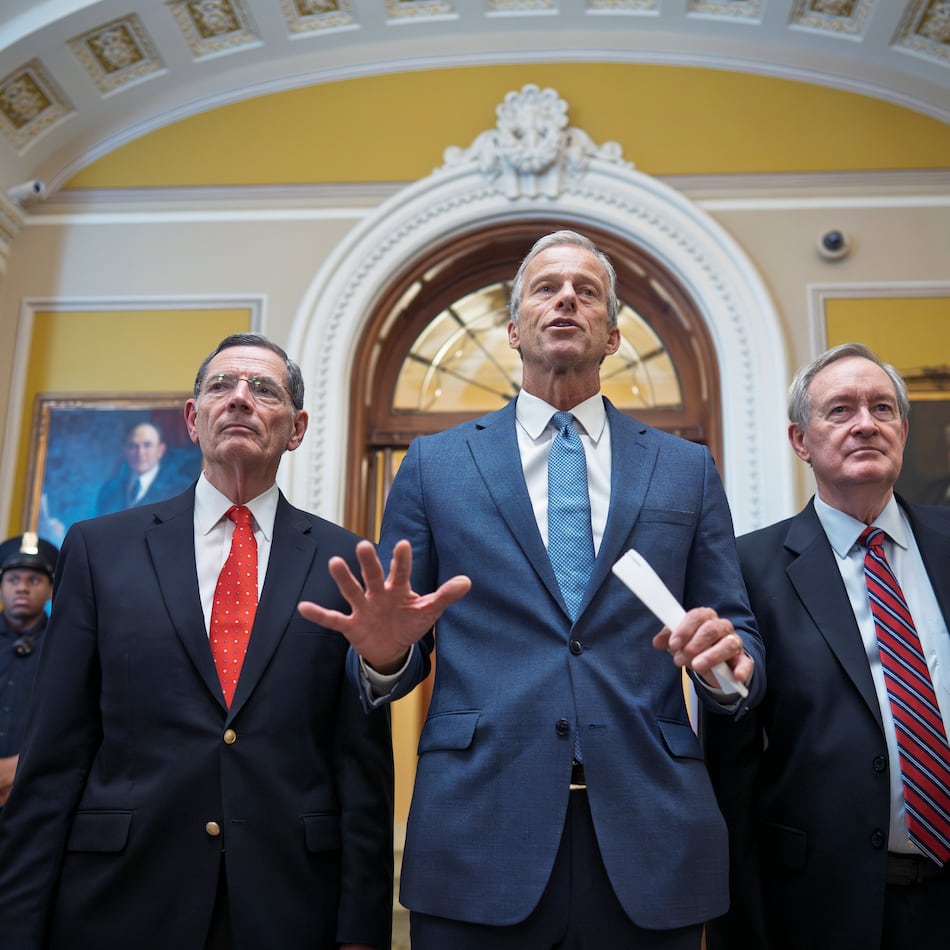The NBA draft is fast approaching (Wednesday), and with it comes the opportunity for the Hawks to amp up their roster going into the 2020-21 season, which will start Dec. 22 and consist of 72 games.
The team already looks quite different than it did last season, with the addition of Clint Capela and the subtraction of a few guys who clearly were not going to be there long-term, from Chandler Parsons to Allen Crabbe to Evan Turner to Jabari Parker.
With nine players under contract, the Hawks still have several holes left to fill, and could have even more depending on what happens in free agency (DeAndre' Bembry, Treveon Graham, Damian Jones and Jeff Teague are set to become free agents and did not participate in minicamp; Skal Labissiere is a pending free agent who chose to participate). They also must improve in several key areas if they want to achieve their stated goal of making the playoffs.
Let’s break down a few categories the Hawks struggled in last season and look at what they need to improve on moving forward, if they indeed want to go from a 20-47 team to one contending for a playoff spot, or at least starting on that trajectory. Obviously, they can’t fix all these problems with one single player added to the roster, whether that’s through the draft, free agency or a trade of some sort — and some of these are issues they can work through as players already on the roster grow and improve.
General manager Travis Schlenk has said he’ll go with the “best player available strategy” when making the Hawks' pick at No. 6, but it’s hard not to start thinking about which prospects could fill certain holes, so let’s dive in (for the purposes of this list, no players are included who almost certainly be off the board by the time the Hawks pick, and a few players may involve a trade down).
Defense
The Hawks had the third-worst defensive rating in the league (114.4). The offense could be inconsistent and frequently stalled, yes, but things were even worse on the other end of the floor. Even against other lottery teams, the Hawks rarely got stops — really, only one instance comes to mind where they locked in on defense late in a game and came away with a clutch win, and that was when they rallied from a 15-point deficit to post their first victory in San Antonio since 1997 (the Spurs missed the playoffs for the first time in 23 years).
Although Trae Young is certainly bad on defense (he ranked last in the league in ESPN’s defensive real plus-minus stat at -6.17), this does not all fall on him. Outside of their Core Five guys (Young, John Collins, Kevin Huerter, Cam Reddish, De’andre Hunter), the Hawks had a rough supporting cast, didn’t have a rim-protecting center for most of the season and were without Collins, who showed improvement on defense in Year 3, for 25 games because of a suspension. As rookies, Reddish and Hunter often had the tall order of guarding opposing teams' best players.
Draft prospects who could help: Isaac Okoro, Onyeka Okongwu, Devin Vassell, Patrick Williams
Success when Trae Young is subbed out
This was a problem that the eye test could tell you, no advanced stats necessary: without Young, the Hawks struggled to score, and therefore rapidly fell behind in games if he went to the bench. Huerter could slide over to play point guard and had some success there, and later in the season Reddish did, too, but not to the level the Hawks need to consistently stay competitive in games when Young is out (plus, it takes them out of their natural position).
Young is a wizard when it comes to scoring and playmaking, and the Hawks must find a way to generate offense when he’s out of games (overall, they nose-dived with 11.8 points fewer per 100 possessions when Young was out, per Cleaning the Glass). Two-way player Brandon Goodwin had a few big scoring performances, which is why he was converted to an NBA contract, and Jeff Teague helped a bit with this problem, but again, not to the extent the Hawks need if they want to become a truly competitive team.
Draft prospects who could help: Tyrese Haliburton, Killian Hayes, Deni Avdija (not as a point guard, but as a playmaker in general)
3-point shooting
(As I write this category, I’m preparing to receive emails about Joe Harris, who the Nets GM has said remains his biggest priority to re-sign as soon as possible.)
Anyway, the Hawks ranked dead last in 3-point shooting last season (33.3%, making 12 out of 36.1 attempts per game, the eighth-most attempts per game), slightly below even the completely decimated-by-injuries Golden State Warriors crew. Injuries to Huerter certainly didn’t help that stat; nor did Reddish’s abysmal numbers for the first few months of the season (he finished at 33.2%), but really, the Hawks simply didn’t have enough shooting on their roster, something they could look to add heading into the coming season.
Outside of John Collins, who took a remarkable leap as a 3-point shooter (40.1%), Huerter (38%), Young (36.1%) and Hunter, who was just shy of the league average of 35.8% at 35.5%, the Hawks start to quickly regress in this category. In small sample sizes, Graham made 35.1% of his 3′s and Teague made 33.3%. If you look at the other 15 players who spent time on the Hawks' roster this season (including players who aren’t there any longer), no one shot above 33.3% from 3, and several players who logged quite a bit of playing time were in or near the 20s (Vince Carter at 30.2%, Dewayne Dedmon at 22.2%, Goodwin at 29.9%).
As the team improves, and with it the supporting cast, the team’s 3-point numbers figure to trend upward.
Draft prospects who could help: Vassell, Haliburton, Saddiq Bey
About the Author
Keep Reading
The Latest
Featured



